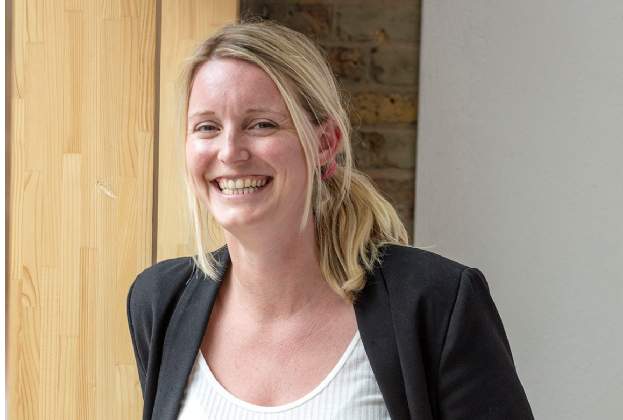On all the student accommodation projects Savills consults on, making sure the project is future-proofed to last for the next 20 years or so tends to come top of the agenda. A narrow second to this is making sure that new and refurbished buildings are energy efficient, both to contribute to the institution’s commitment to reduce their carbon footprint and to minimise energy costs.
Unlike in most private rented accommodation, where tenants pay their own energy bills depending on use and therefore have an incentive to minimise energy usage, residents’ rents in purpose-built student accommodation, either in the private sector or university owned, usually includes their energy costs.
Beyond individuals being conscious of their environmental impact – which, to be fair, increasingly many younger people are – there’s usually no monetary incentive for students to turn off energy-wasting devices when they’re not in their rooms.
The onus therefore falls on universities, landlords and building managers to reduce energy usage. Luckily today there many innovations in design, materials and construction methods helping to make student accommodation more efficient, so this can be minimised at the outset.
In addition to the fabric of the structure there’s the focus on making buildings ‘smart’ when it comes to energy use, for example having sensors which ensure lights and heating only come on when people are in the building, or controlling lights and heating remotely though Wi-Fi connections – technologies that are already prevalent in the private residential sector.
But things are moving on apace and the most forward-thinking projects now go beyond utilising the Wi-Fi to exploring how Li-Fi, short for light technology, can make student accommodation more efficient. Li-Fi essentially involves transmitting high speed signals via the low-frequency infrared rays emitted by specialist lighting systems, rather than the radio waves of traditional Wi-Fi.
While Li-Fi’s most common use is likely to be to transmit 5G data to mobile devices, a tech company in Cambridge is taking this a step further and developing Li-Fi sensors to read Bluetooth signals in buildings. The concept is that whenever anyone with a phone with Bluetooth enabled is in the vicinity of a sensor the building can identify who they are, where they’re likely to be heading (for example, back to their room) and switch the lighting and heating on in preparation for their arrival.
The reverse is also true: once the system detects they have moved away from the building, extraneous lights and heating are switched off, thereby making sure no energy is wasted.
There are also building management benefits: a Li-Fi system will be able to recognise its own faulty parts and order replacements, making the building easier to manage, and also offer advantages relating to fire registers, telling cleaners which areas have been heavily used and are therefore in need of attention, and messaging students about issues, such as lifts being out of action or safety incidents. Installation is also straightforward: Li-Fi cabling is data fed and doesn’t carry an electric charge so doesn’t need to be fitted by qualified electricians and the lights look the same as standard products, so labour costs are minimised.
Essentially the vision is that if Li-Fi is adopted in student accommodation the lighting network will become the nervous system of the building, helping it become more sustainable but also ensuring that it’s used efficiently.
It is also adaptable, so as technology advances with new kit such as faster processors, more efficient lights and better voice control systems, these can be plugged into the existing infrastructure.
While Li-Fi is still in the trial phase, with several projects being tested around the world, so far the results are extremely positive. Those with student accommodation projects in the works in the next few years should seriously look at integrating Li-Fi infrastructure, or making sure it can be retrofitted around other systems, or risk having to make more costly adaptations at a later stage.
Investing in Li-Fi at this point in time should have a positive payback, given the potential energy savings over the course of a building’s lifecycle.
Further information
Contact Savills Building & Project Consultancy
.jpg)

.jpg)

.jpg)


